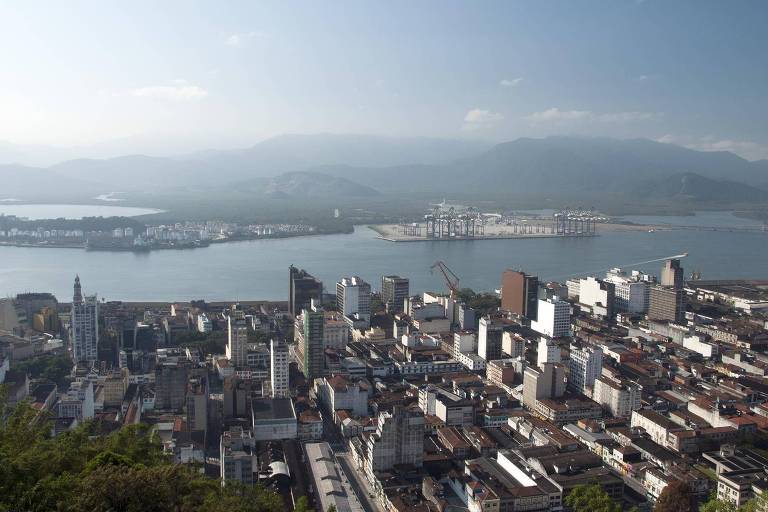In 2022, the Baixada Santista and the northern coast of São Paulo had at least 25,481 residential addresses in risk areas, nearly half of them classified as "high risk." The data were obtained by cross-referencing the geographic coordinates from the 2022 Demographic Census by IBGE (Brazilian Institute of Geography and Statistics) and a mapping of landslide susceptibility done by the Brazilian Geological Survey (formerly CPRM). Buildings in these addresses are exposed to natural disasters and face risks of collapses and floods. In the case of the coast, a large portion of the properties was built on mountain slopes, flood-prone areas, or coastal erosion areas—a process in which the beach loses its sediments.
The addresses in risk locations represent 1.93% of the total of 1.32 million in the 13 analyzed cities. In the combination of the two sets of information (Census households and landslide susceptibility), 896 properties were in areas without risk classification (0.07% of the total).
The number of people in disaster-prone areas on the coast is concerning. "With the increasing frequency and intensity of these [climatic] events, the risk increases, consequently exposing many citizens to catastrophes," says risk management specialist Rodrigo Lilla Manzione, a professor at Unesp in Ourinhos (SP). It is estimated that at least 75,000 people live in risk areas only on the São Paulo coast.
The calculation is based on the IBGE count of three people per household in the country. "It's a major social problem and a result of disorganized growth. The valorization of the coast attracted people to work in tourist areas, which ended up occupying nearby areas out of necessity," says engineer Luiz Fernando Orsini, one of the coordinators of Abes (Brazilian Association of Sanitary and Environmental Engineering).
